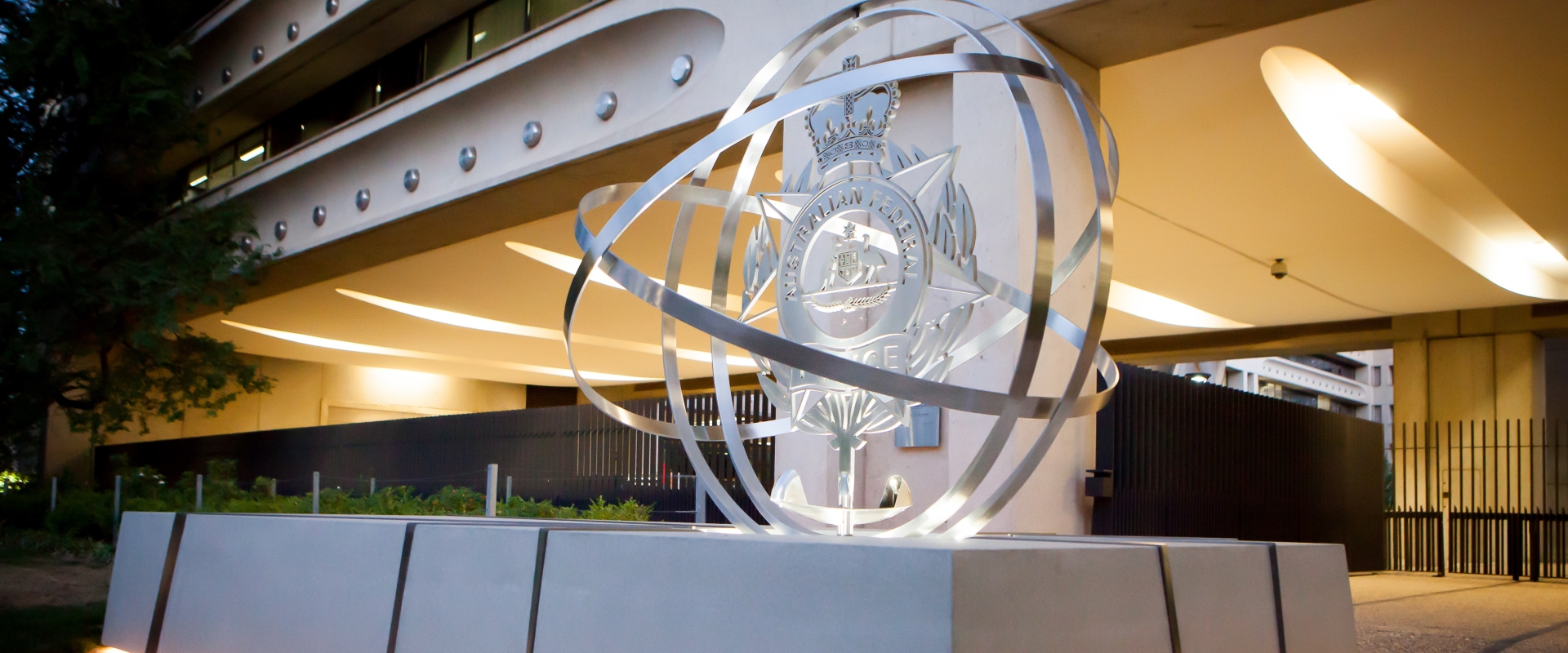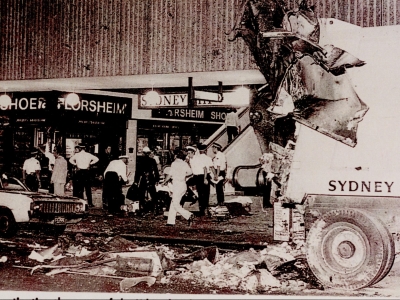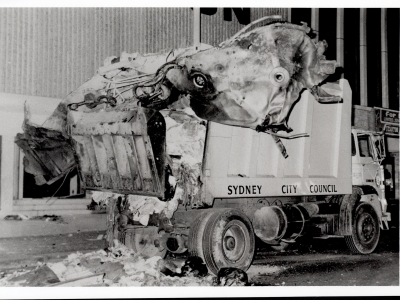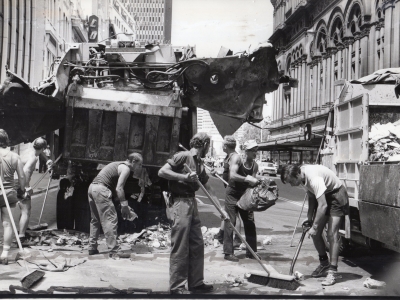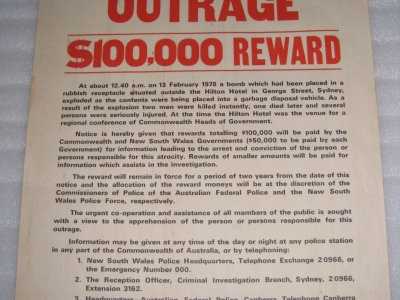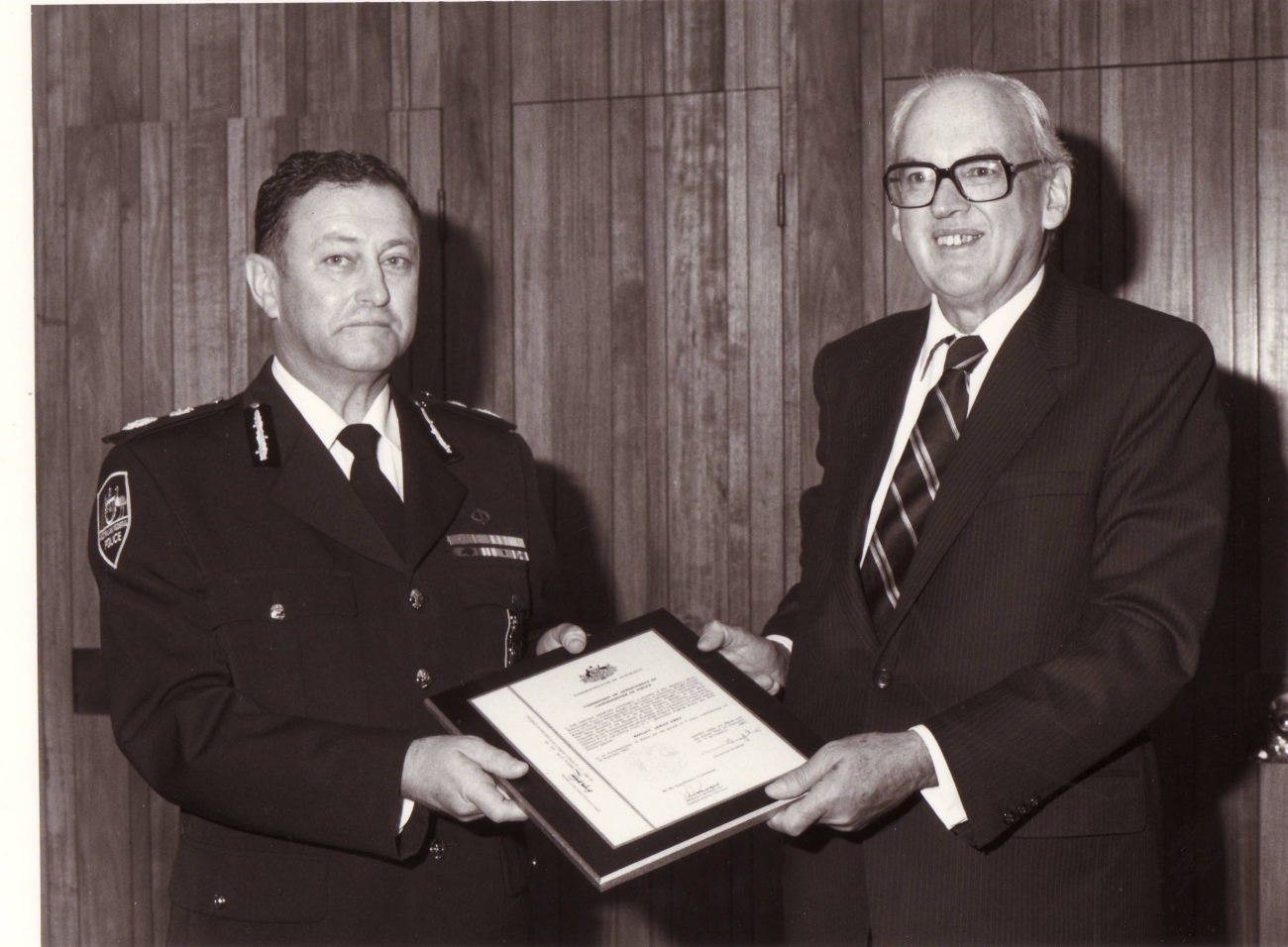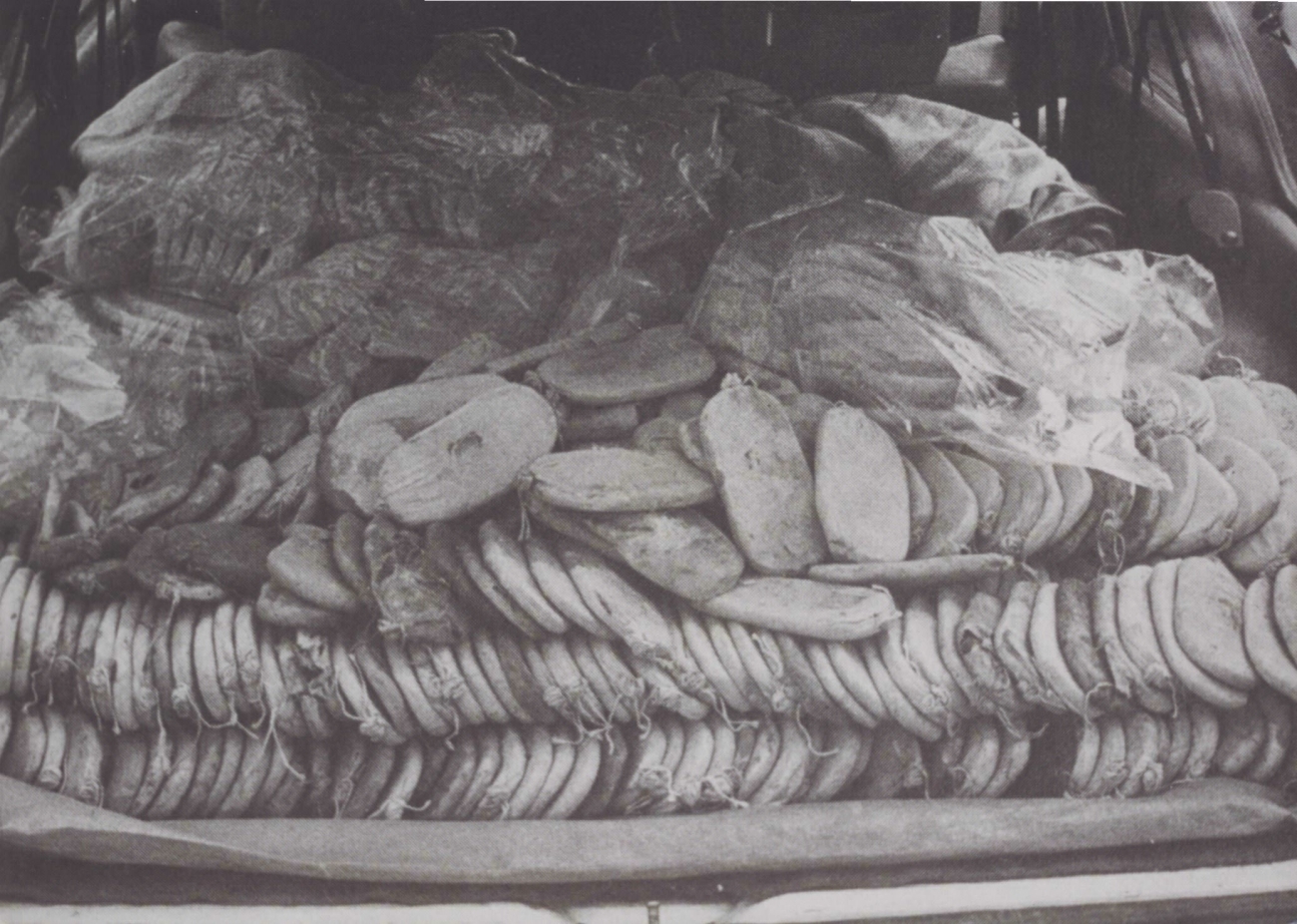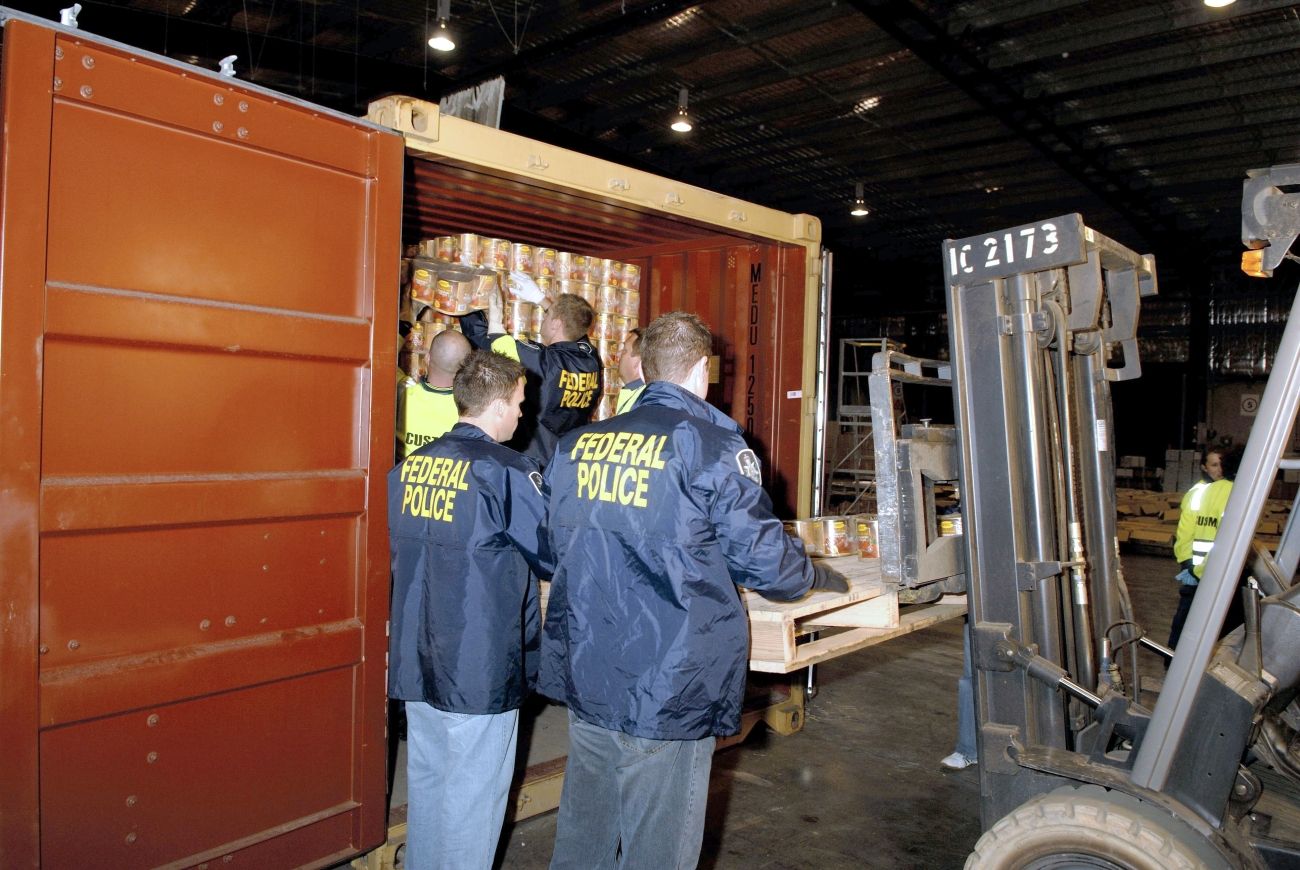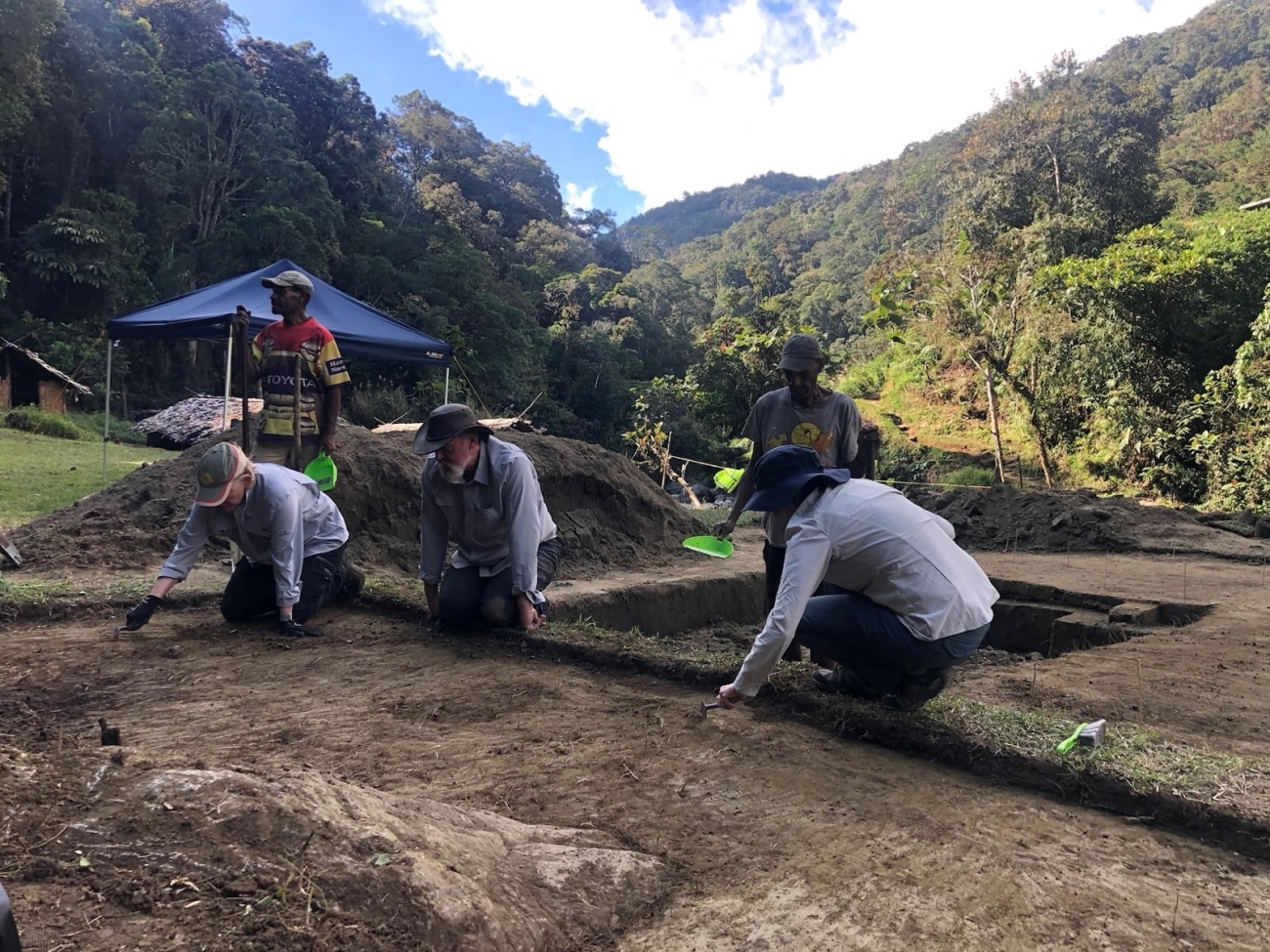While the incident was one of the major reasons that 3 law enforcement agencies merged to form the Australian Federal Police (AFP) on 19 October 1979, the push towards a Commonwealth police force had been moving since 1917.
Federal policing in Australia can trace its origins to a single incident in November 1917 when Queensland Police refused to follow Prime Minister William Hughes’s directions, who was in the state campaigning to enact military conscription.
Waiting for the Prime Minister at Warwick Railway Station in the state’s south were protestors, with eggs in hand, who threw them at Mr Hughes. After the assault, the Prime Minister was frustrated when the attending Queensland Police wouldn't arrest the offenders under federal law.
Returning to Parliament, he drafted legislation to create the Commonwealth Police Force (CPF). The 'Warwick Incident' was the last straw for the Prime Minister, who had a range of struggles with the Queensland Government at the time.
While the CPF operated for only 2 years, it was the first time the Australian Government clearly recognised that it needed a federal law enforcement agency.
Later developments
In the years after, a variety of federal agencies were created to meet the Government's law enforcement needs, including the Commonwealth Police (Federal Capital Territory), which was formed in 1927 after Federal Parliament was installed in Canberra. It was then renamed the Australian Capital Territory (ACT) Police.
In 1960 a third Commonwealth Police was created by combining the Commonwealth Investigation Service and the Peace Officer Guard.
Further attempts to consolidate all federally-funded law enforcement agencies emerged in the mid-1970s, but were abandoned after the 1975 Whitlam Government was dismissed. Following the Hilton hotel bombing, the Commonwealth formed the Australian Bomb Data Centre. Created within months of the event, it would later be absorbed into the future AFP.
The bombing revived the idea of a single federal law enforcement agency and saw the amalgamation of the Commonwealth Police, ACT Police and the Narcotics Bureau to form the AFP in 1979.
Down through the years
Since 1979, the AFP has proven its policing credentials in international, national and community environments, quickly adapting and responding to ever-changing law enforcement challenges. In the 44 years since the formation of the AFP, it has evolved from a small agency with a defined remit to a $1.9 billion enterprise with a broad range of responsibilities.
The AFP’s policing and law enforcement responsibilities now range from countering international organised crime to community policing, deterring and prosecuting terrorists to international peacekeeping, and bringing financial and child exploitation offenders to justice. The AFP has explored, and will continue to explore, opportunities and challenges in the current and future global environment.
The AFP has always sought to protect Australians and their way of life, minimising impact and disrupting threats at the first opportunity. Efficiently responding to the manifestation of threats is the most effective way to minimise harm, enable recovery, and promote community resilience.
The AFP enforces criminal law and assists its state and international partners to enforce the rule of law.

